Career Development Posts on Crowch
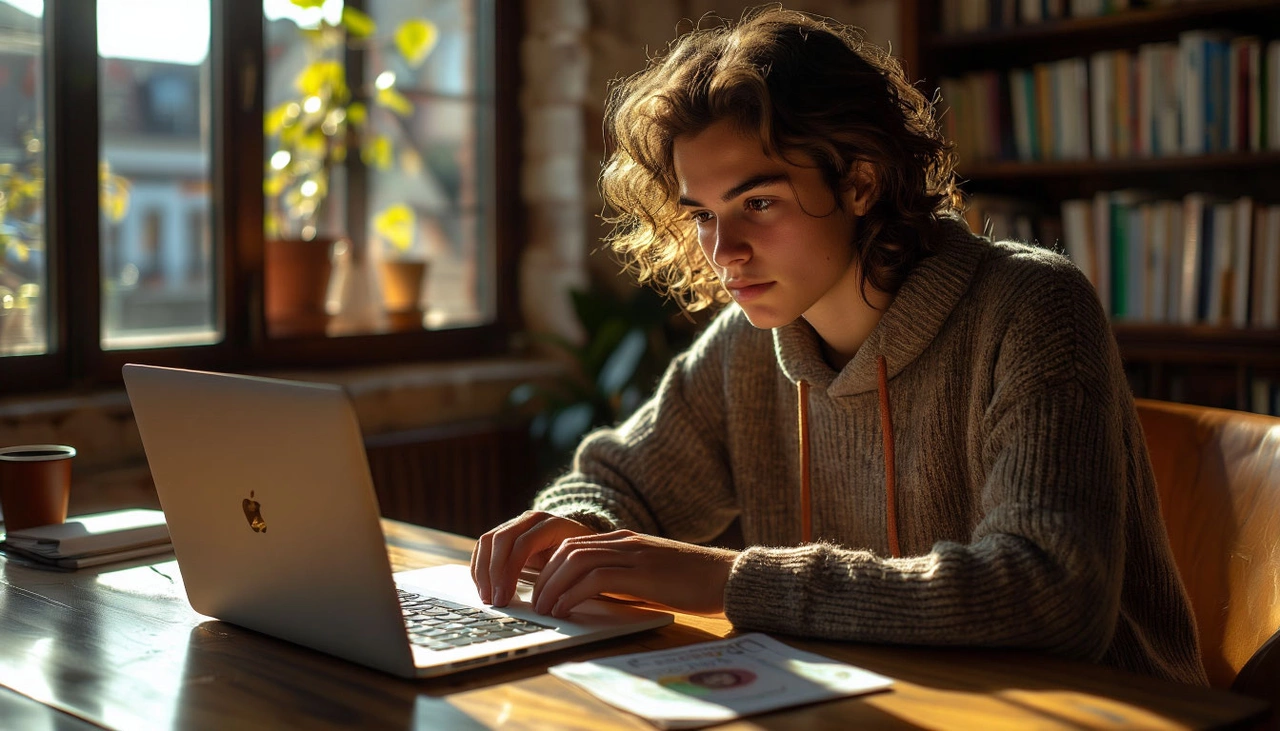
If you're preparing to study in Germany, one of the most important requirements is proving that you can financially support yourself. For most students, this means opening a blocked account (Sperrkonto) — a special type of German bank account where your funds are locked and released in monthly portions. Without this document, your student visa application won’t move forward.
This article explains what a blocked account is, how much money you need, who provides this service, and how to open one step by step.
🔒 What Is a Blocked Account and Why Is It Required?
A blocked account is a mandatory part of the student visa process in Germany. It shows German authorities that you have enough funds to support yourself while living and studying in the country.
The current required minimum is €11,208, based on a monthly allowance of €934. This amount covers your basic living expenses for 12 months — rent, food, transportation, and other essentials.

While this may seem like a large sum, it gives German immigration officials confidence that you won’t become financially dependent during your studies. Once the account is open, you’ll receive a confirmation that can be submitted with your visa application.
🧾 Are There Alternatives to a Blocked Account?
Yes, but they’re not common. You may provide:
- A bank account in Germany holding the required funds (under your name or your parent’s)
- A formal obligation letter from a German resident (rare and complex)
Still, the blocked account is by far the most accepted and straightforward method, especially for international students applying from abroad.
🏦 Trusted Providers of Blocked Account Services
Several licensed companies specialize in setting up blocked accounts for students and offer additional services like health insurance, which is also required for your visa.
Here are the main options in 2025:
✅ Fintiba
- Setup fee: €89
- Monthly fee: €4.90
- Includes free travel health insurance valid from your arrival until you activate your full student insurance
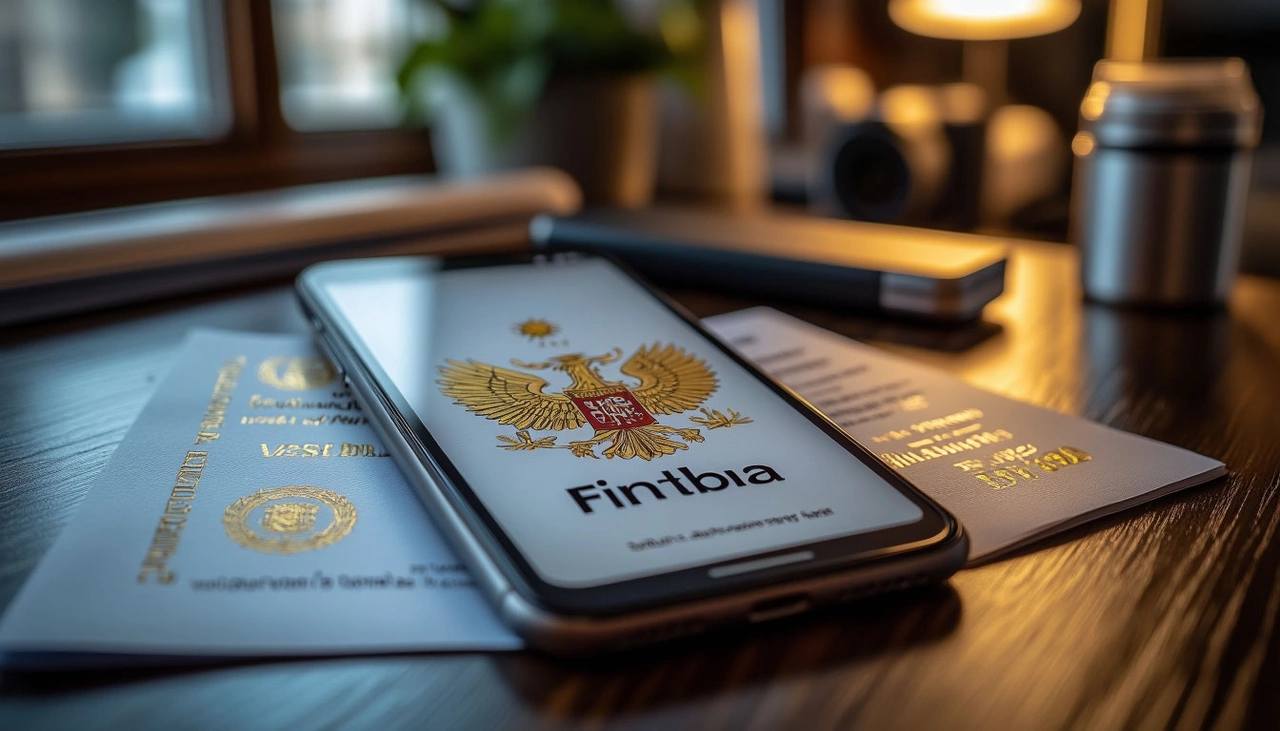
✅ Coracle
- Setup fee: €99
- No monthly fees
- Also offers free temporary health insurance for new arrivals
✅ Expatrio
- Setup fee: €49
- Monthly fee: €5
- Provides bundled services including health insurance, liability insurance, and more
These providers are officially recognized by German authorities, and the entire process — from application to receiving your confirmation — can be completed online.
📦 What’s Included with These Services?
Each of the providers offers:
- A legally approved blocked account with access to funds capped monthly
- A confirmation letter (Sperrkonto Bestätigung) needed for your visa
- Free temporary health insurance from the moment you arrive until you enroll in public student health coverage
In some cases, these platforms also assist with residence registration, student liability insurance, and German mobile plans.
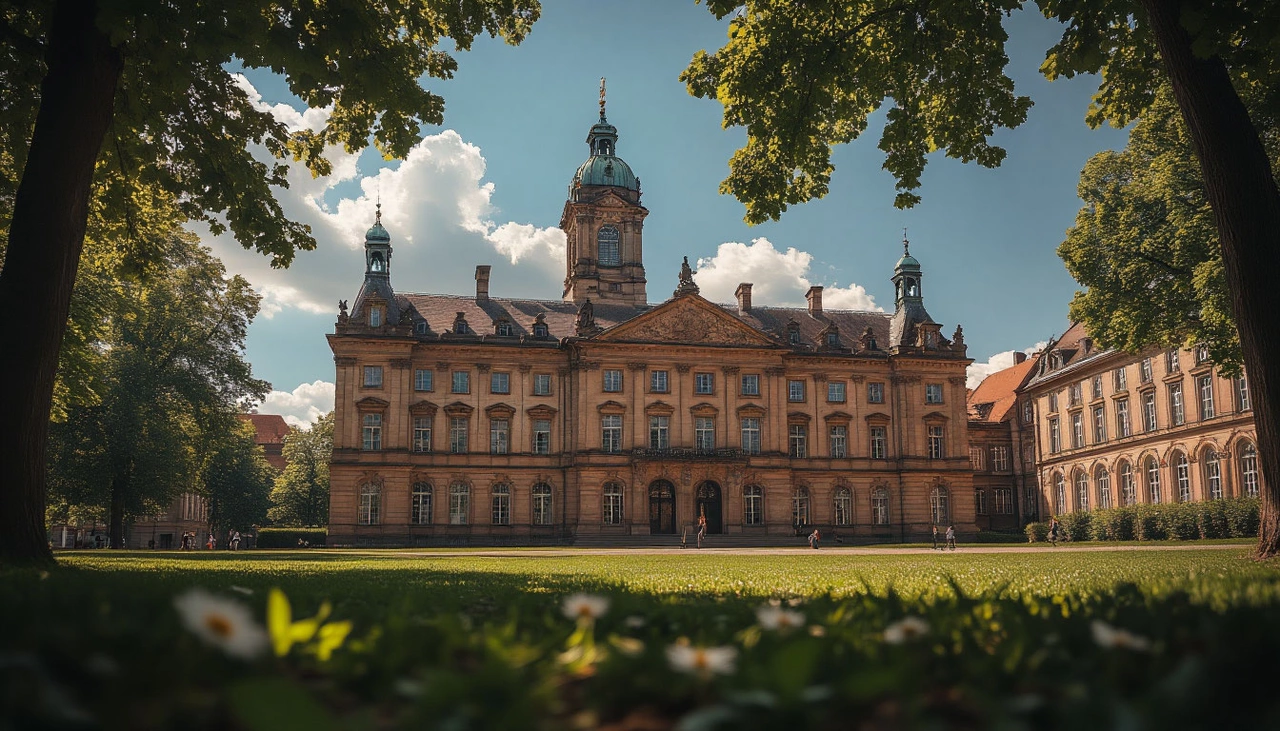
Planning to study in Germany? Then you might encounter a crucial term: VPD, or Vorprüfungsdokumentation. This document acts as the official validation of your academic background — a gatekeeper that determines whether your previous education meets German university standards. If you're an international applicant, especially from non-EU countries, chances are you’ll need to go through Uni-Assist, an organization that evaluates foreign academic credentials on behalf of over 170 German universities. Let’s break it down step by step, from what VPD includes to how to apply and what to do once it’s in your hands.
📘 What Is VPD and Why Does It Matter?
VPD stands for Preliminary Review Documentation. It is not a university acceptance, but rather a confirmation that your academic qualifications meet the entry requirements of a specific German degree program. Your educational documents are reviewed by Uni-Assist, who calculates your GPA using the German system (typically with the Bavarian formula), assesses whether your academic profile fits the chosen program, and then issues a personalized PDF certificate.
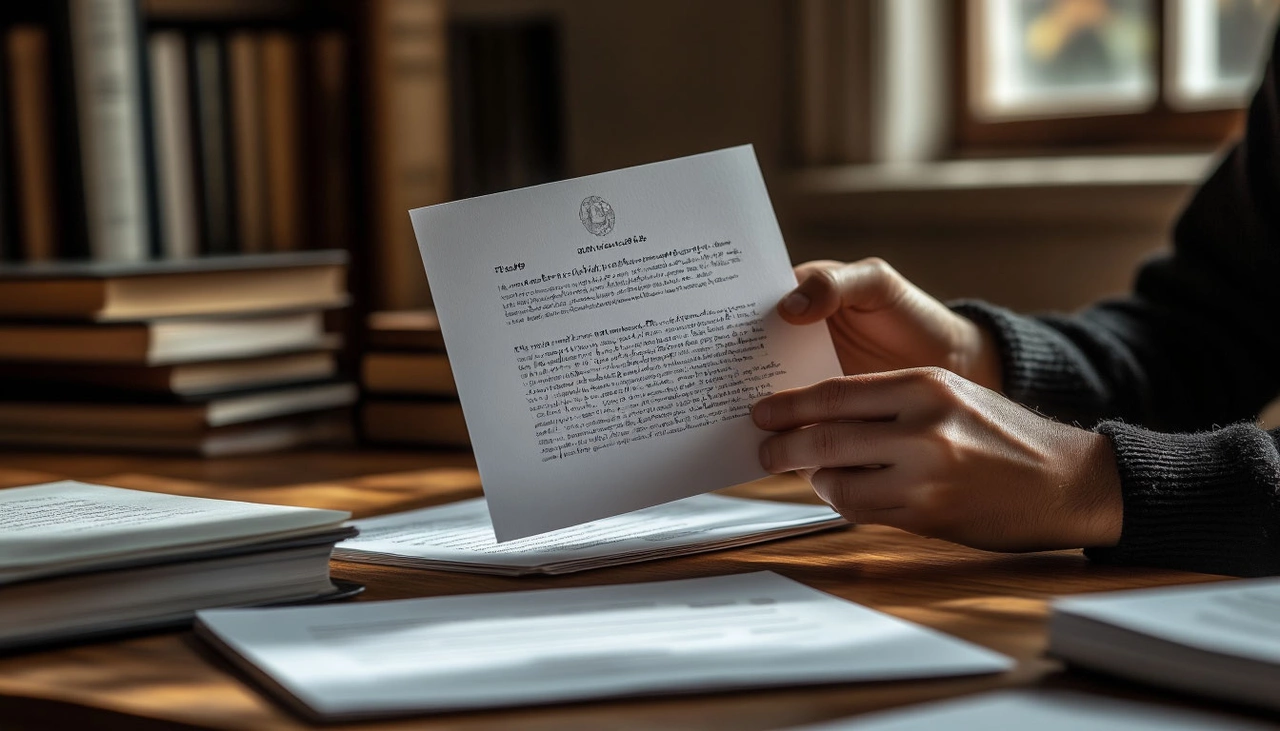
Important: The VPD is university-specific. If you’re applying to several institutions, you may need separate VPDs unless they accept a shared one. Always check directly with each university.
🧾 What Does a VPD Contain?
Your VPD PDF includes:
- A list of your submitted academic documents
- Your GPA recalculated for the German system
- An official statement confirming whether your qualifications match the chosen program's standards
Be aware: if your previous studies are in a field completely unrelated to your intended program (e.g., you have a bachelor's in Literature but apply for a master’s in Mechanical Engineering), your VPD will likely be rejected.
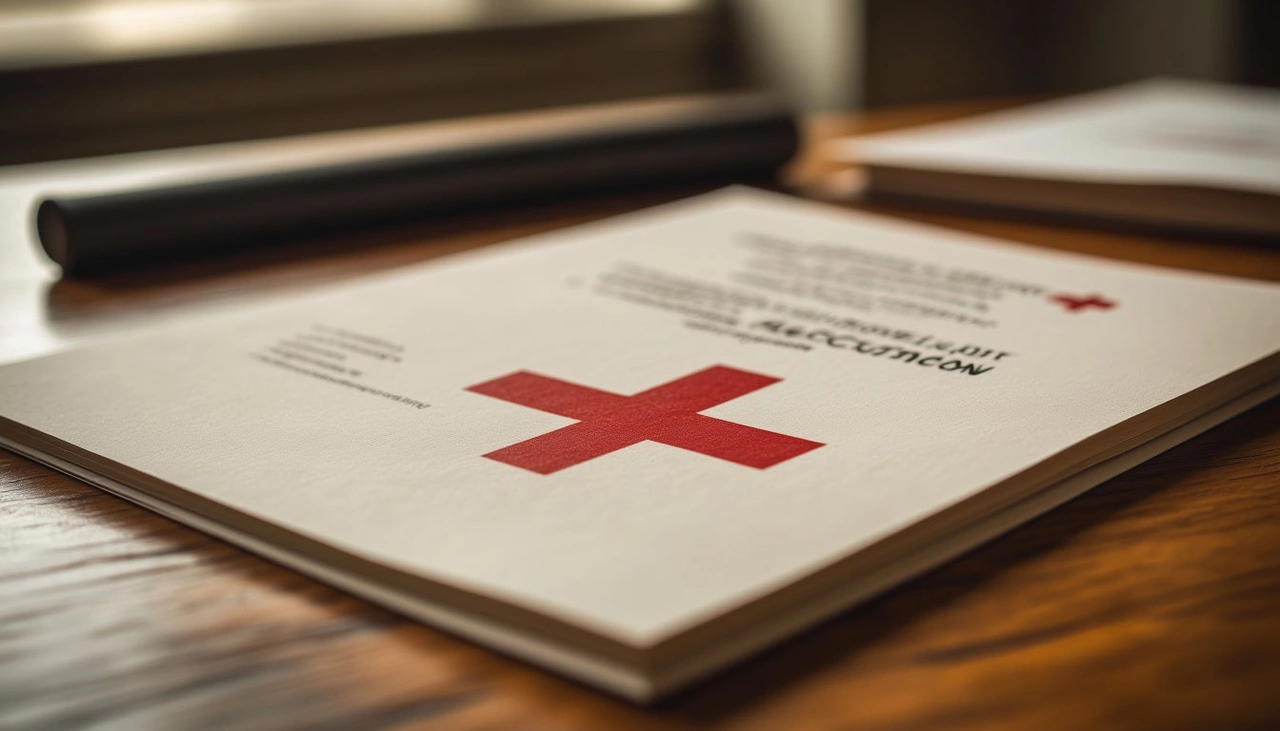
That’s why it's critical to analyze your chosen university's course requirements, especially in terms of ECTS credits and subject match. Mismatches will cost you both time and money.
👤 Who Needs a VPD?
Not all German universities require a VPD. Those that do will specify this on their official websites. On the Uni-Assist portal, you’ll find a complete list of institutions that participate in this pre-check process — currently around 170.
⏳ How Long Does It Take to Get a VPD?
The processing time ranges from 4 to 6 weeks, sometimes longer during peak application seasons. To avoid missing deadlines, apply early and monitor university-specific cutoffs.
🧩 How to Apply for a VPD: Step-by-Step Guide
Step 1: Gather Your Documents. You’ll need:
- Diploma or school certificate (original + certified translation into German or English)
- Academic transcript with grades and ECTS or credit hours
- Language proficiency certificate (German or English)
- Optional: CV, motivation letter, letters of recommendation, photo
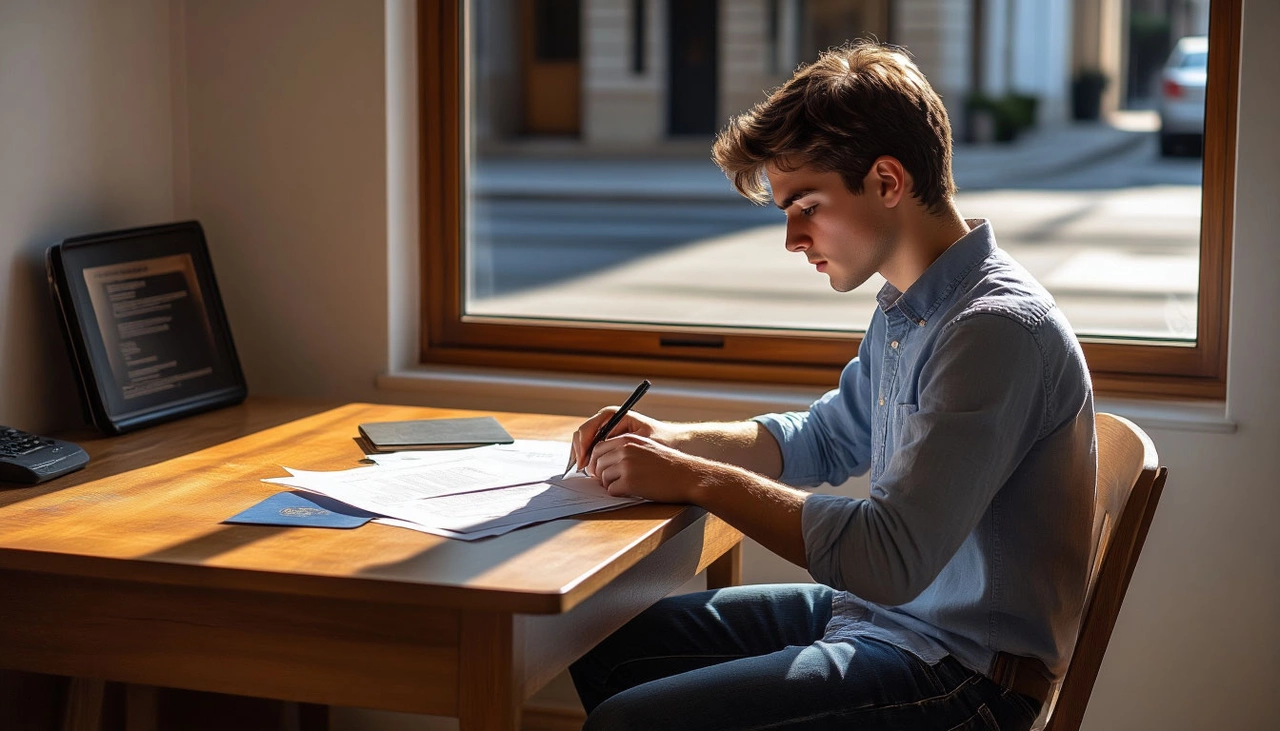
Step 2: Register on Uni-Assist. Upload your documents online. If applying to multiple universities that use Uni-Assist, upload shared documents only once.
Step 3: Pay the Fee. You’ll pay online — €75 for the first university, €30 for each additional one.
Step 4: Wait for Confirmation. You’ll receive an email once your documents are under review. If something is missing, Uni-Assist will request additional files.
Step 5: Track Your Application. Log in regularly to check your application status. Once ready, download the VPD PDF — this is your green light to send everything to your chosen university.
💶 How Much Does VPD Cost?
- First application: €75
- Each additional application: €30
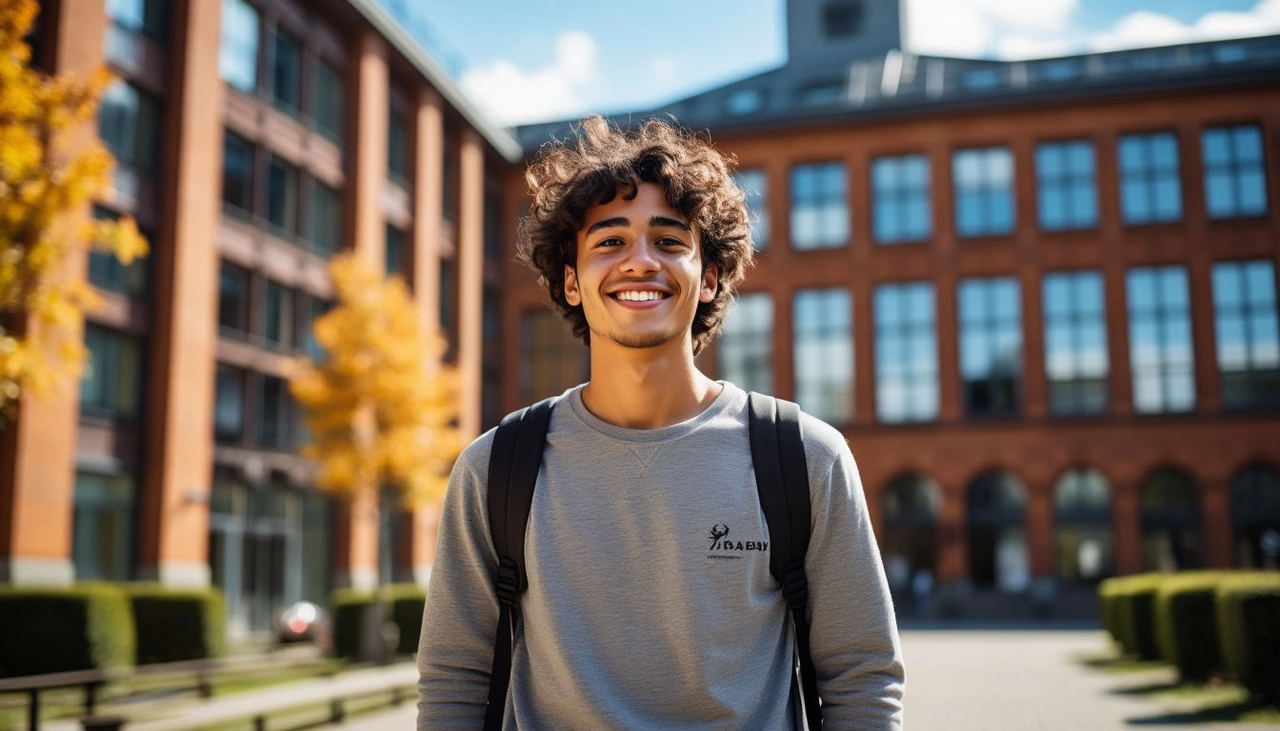
✨ What Is the DAAD Scholarship?
The DAAD (Deutscher Akademischer Austauschdienst) is Germany’s official Academic Exchange Service, a non-profit organization that funds international students and researchers pursuing master's or doctoral programs at public universities across Germany. Highly competitive and widely respected, the DAAD scholarship is a golden ticket to high-quality, tuition-free education and research opportunities.
In countries like Russia, only around 1 in 10–12 applicants successfully receive the award, making preparation and precision key factors in winning.

✅ Who Can Apply?
DAAD supports bachelor’s and master’s graduates who wish to continue their education in Germany in a relevant academic field. One important restriction is that your latest academic diploma (bachelor’s or master’s) must have been earned within the past 6 years. In addition to degree-seeking students, there are specialized research grants for PhD candidates, early-career scholars, and postdocs working on academic projects across diverse disciplines.
📝 Core Requirements
To be eligible, applicants must meet the following criteria:
- Language proficiency: B2–C1 level in German or English, depending on the language of instruction.
- Academic excellence: Strong grades and relevant academic background.
- University admission: You must provide proof of acceptance or enrollment at a state-accredited German university.
Keep in mind: your admission is not required before applying for the scholarship, but must be submitted to begin funding.
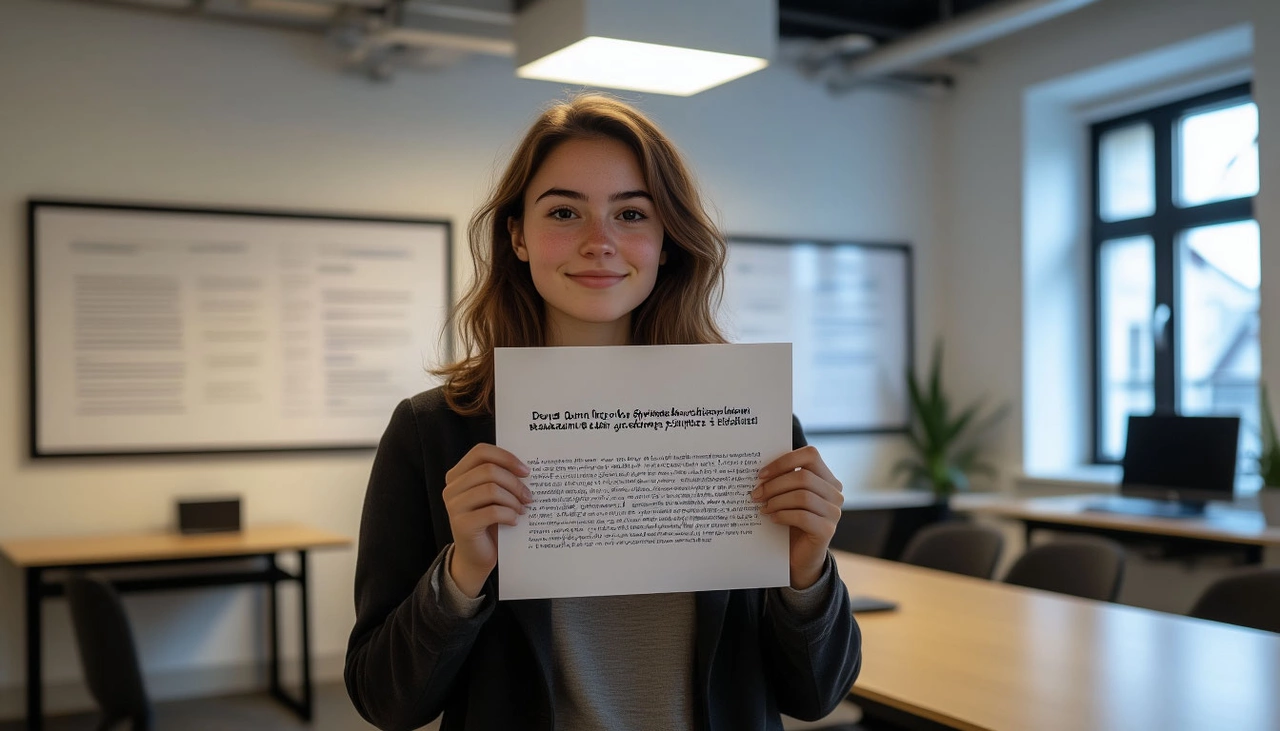
💶 Financial Support
DAAD offers a monthly stipend of €992, which aligns with Germany’s BaföG (federal student support scheme). The scholarship duration typically spans 2 to 4 semesters depending on the length of the study program.
Additional benefits include:
- One-time relocation allowance
- Partial reimbursement of flight costs
- Full coverage of health insurance
- In some cases, support for family members if they accompany the student
⚠️ Note: If you study at a private university, DAAD will not cover tuition fees. The program is designed for public higher education institutions.
📆 When and How to Apply
The general application deadline is November 15, but it may vary by program. Make sure to check the official DAAD Russia or international website for the specific timeline and up-to-date scholarship offers. You’ll need to prepare and upload your documents through the DAAD’s dedicated portal.
🛠️ Can You Work While Studying?
Yes! But there's a catch. If your earnings exceed €450/month, the excess will be deducted from your DAAD stipend. It’s best to take part-time work that’s compatible with your studies and visa conditions.

📂 Required Documents
The list is fairly standard but must be professionally prepared:
- Updated CV in tabular form (Europass recommended)
- Certified university diploma(s) and transcripts
- School leaving certificate
- Motivation letter (maximum 2 pages)
- Letter(s) of recommendation from academic supervisors
- Valid language proficiency certificate (TOEFL, IELTS, TestDaF, etc.)
- Optional: portfolio, publications, or documents showing social involvement or leadership
📚 Studying in Germany: What to Expect
Most public universities in Germany do not charge tuition, making the DAAD scholarship even more appealing. However, each semester, students must pay a small administrative contribution fee (usually €100–€350), which often includes public transport. Your academic life will revolve around research, lectures, and possibly internships. The German system values independence, so expect fewer contact hours and more self-directed learning.
The search for yourself begins the moment you quietly ask: “Is this really my life?” When everything on the outside seems fine, but inside — there’s an emptiness. You smile, you say “I’m okay,” you keep playing the familiar role… but one day, it stops working. Something inside whispers: this isn’t it.
It’s not a crisis. It’s an awakening.
You begin to sense that beyond your responsibilities, your status, and other people’s expectations, there’s something more. Not loud. Not flashy. But real. Deep. Alive. And this “something” won’t let you rest. It calls to you. Sometimes softly. Sometimes like a storm within.
Finding yourself isn’t always about a trip to the mountains or running away to Bali. It doesn’t have to be radical. Sometimes, it starts with something quiet: the craving for stillness. The decision to step out of the race. A simple question: “What truly makes me happy?”
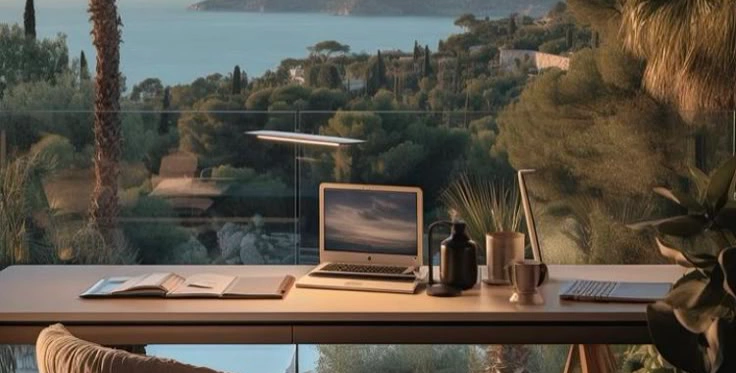
You realize much of your life was never really yours. Chosen by fear, habit, pressure, or default. And so, you begin to reclaim your choices. First small ones. Then bigger. It’s not always easy. But it’s honest.
The path to yourself is rarely a straight line. Sometimes you move forward — then fall back. You doubt. You stumble. You get lost. But those moments aren’t failures — they are part of the way. Without them, you wouldn’t know what is truly yours.
To find yourself doesn’t mean to become perfect. It means to become honest. To accept your strength and your vulnerability. Your uniqueness and your shadows. To stop comparing. To stop apologizing. To stop shrinking yourself to fit.
You begin to listen to your inner voice. You notice when your “yes” is real — and when your “no” is self-betrayal. You learn to speak your truth. To act from your heart. To stay silent when you owe no explanation. And slowly, you begin to feel whole.
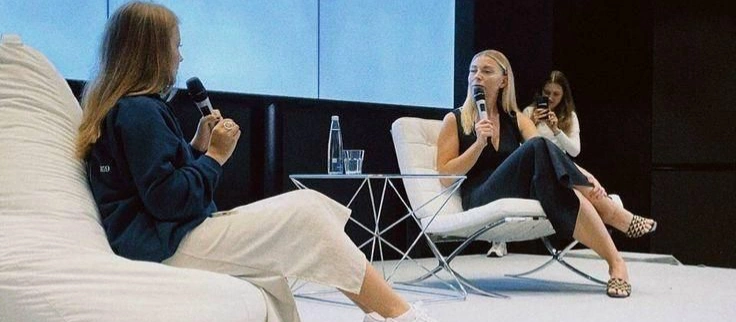
One day, you wake up and realize: you feel at peace. For no reason. Without needing applause. Without wearing a mask. Simply because you exist. Because you breathe. Because you feel. And that quiet presence — that grounded being — is the greatest thing you can ever return to.
Because you are not an outcome. Not a title. Not a role.You are a living process.And if you’ve realized that — you’ve already found yourself.
We live in a world full of noise — opinions, expectations, comparisons, other people’s lives on glowing screens. We try so hard to be “good enough,” to fit in, keep up, please others… until one day we wake up and ask: Who am I, without all of this?
Finding yourself isn’t about becoming someone new. It’s about returning to who you’ve always been — but forgot. It’s not a path forward — it’s a journey inward. Sometimes long, messy, filled with doubts, pain, pauses, and detours. But the most real journey there is.
To find yourself means learning how to be alone. Without distractions, without background noise, without the usual excuses. It’s that moment when you finally sit with your own thoughts — and don’t run from them. When you stop looking outward, and turn inward. When you no longer pretend, even to yourself.
Sometimes, finding yourself means losing a lot first — relationships, careers, comfort, illusions, expectations, people who held you, but never truly let you be. And in those losses, emptiness is born. Scary. Quiet. Lonely. But in that emptiness, there’s finally space for something new. For breath. For truth.
You begin to realize: you are not your job, your title, your social media likes. You are your feelings, your choices, your silence. You are what remains when everything external is stripped away. And when you finally look into the eyes of that “remaining self,” you see — you’ve always been whole. You just forgot.
Finding yourself is about honesty. The kind that burns. It’s admitting you’ve outgrown what once fit. That your interests have changed. That your life can no longer run on autopilot. It’s allowing yourself to evolve — even when it terrifies you.
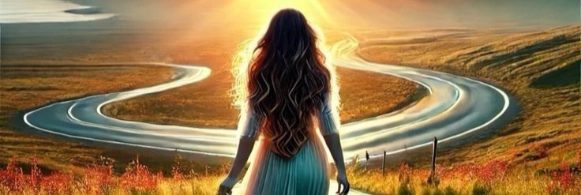
And no, it’s not always beautiful. Sometimes, the search for self looks like sleepless nights, unexplained tears, loneliness in a crowd, inner battles with no clear winner. But in those raw moments, something real begins to grow — a connection with your core. With what’s true. With what’s you.
Often, we look for ourselves in others: in love, approval, admiration. But no one — not a partner, not a mentor, not even the most loving friend — can hand you the answer you’re seeking. Because that answer doesn’t live out there. It lives inside. And it arrives not with noise, but with quiet. Not quickly, but steadily. If you’re ready to listen.
To find yourself is not the end. It’s a beginning. The first step into a life that is truly yours. Where your "yes" comes with clarity and your "no" comes with self-respect. Where you choose presence over speed, depth over surface. Where you reclaim your most sacred right: to be yourself.
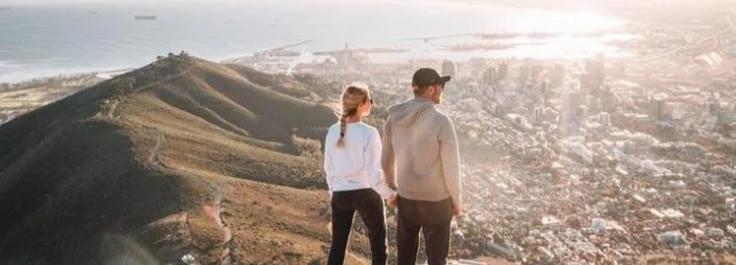
And then something beautiful happens. You stop struggling. You start simply being. And that state of being — is the most alive, most honest, most powerful thing there is.
In today's world, education is no longer just about transferring knowledge from teacher to student. It’s a process where thinking, values, critical perception, and the ability to adapt are shaped. The age of technology challenges traditional teaching, but it also brings vast opportunities for those ready to embrace new ways of learning.
What is changing?Not long ago, chalk, blackboards, and textbooks were the core of education. Today, it's online platforms, interactive courses, digital labs, and AI. A student from a rural school can now access the same knowledge as someone studying at a top-tier university. The world is becoming more equal in terms of access to learning.
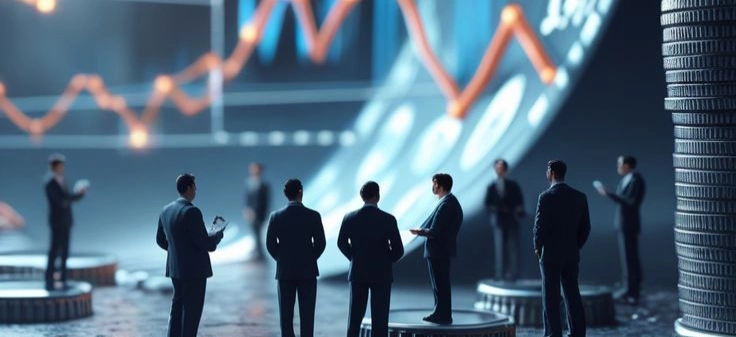
But challenges remain.Not everyone has access to technology. The digital divide is real — even in developed countries. Plus, many education systems still focus on memorization and standardized testing. Meanwhile, the real world demands flexibility, critical thinking, teamwork, and the ability to learn independently.
What can we do?We need to shift the paradigm. Education should go beyond facts — it should build thinking, creativity, and initiative. Learning shouldn't stop after school or university — it's a lifelong journey. In a world where knowledge becomes outdated quickly, the key skill is learning how to learn.
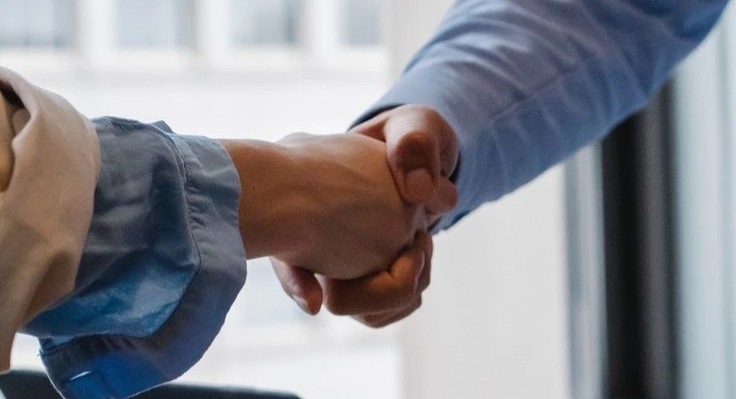
What can we do personally?– Support educational reforms and innovation.– Be examples: keep learning and inspire others to do the same.– Share knowledge freely and inclusively.– Remember: education is the foundation of the future — and the future is in our hands.
Transitioning to renewable energy sources is a crucial step toward a sustainable future. Traditional energy sources like coal, oil, and gas are finite and cause significant environmental harm. They contribute to greenhouse gas emissions, air and water pollution, and climate change. In contrast, solar, wind, hydro, and geothermal energy offer clean, safe, and inexhaustible alternatives.
Solar energy is one of the fastest-growing sectors. Solar panels are becoming more affordable and efficient, making it possible to install them on both large solar farms and individual rooftops. This allows individuals to generate their own electricity. Wind power also shows great potential, particularly in areas with consistent wind patterns. Wind turbines now supply electricity to millions of homes without harming the environment.
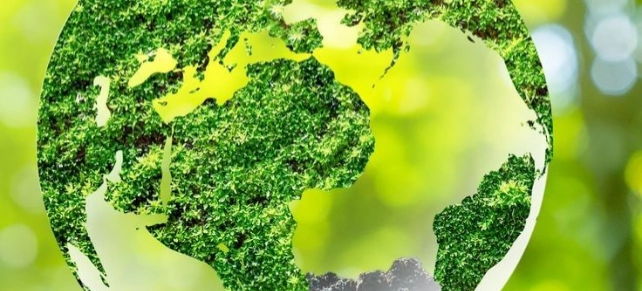
Hydropower remains a key source of clean energy, especially in countries with abundant rivers. However, it is important to manage the ecological impact of dams. Geothermal energy, drawn from the Earth’s internal heat, is used for heating and electricity generation in geologically suitable areas.
Renewable energy development not only protects the planet but also creates jobs, reduces fuel import dependency, and enhances energy security. Implementing green technologies requires political will, investment, innovation, and public involvement. Supporting research, education, and affordable financing for households are vital components.
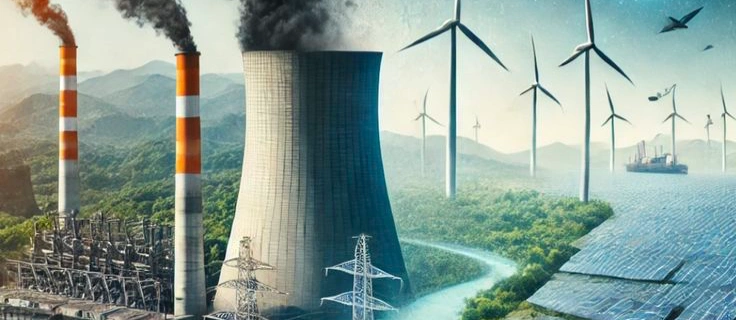
Individuals can contribute by installing solar panels, conserving energy, and choosing energy providers that prioritize renewables. The future of energy lies in sustainable, clean solutions that benefit both people and the planet.
The digital revolution has radically transformed the world in just a few decades. What once seemed like science fiction — instant video calls, voice-controlled devices, contactless payments, and remote work — is now part of everyday life. The internet, smartphones, and artificial intelligence have not only made tasks more convenient but have also created an entirely new reality in which we live, work, learn, and connect.
One of the most visible changes brought by technology is in communication. Where letters once took weeks and phones were attached to walls, now we can instantly send a message, start a video call, or join an international online meeting with a tap. Social media allows us to connect globally, share real-time updates, ideas, and emotions. Yet, these benefits come with challenges: digital addiction, shorter attention spans, and blurred personal boundaries are growing concerns.
Another major area of transformation is education. Online courses, remote learning platforms, video lectures, and mobile apps have made knowledge more accessible than ever. A student in a rural village can now study programming at Harvard or take a finance course from London. But this also demands new skills: the ability to evaluate information critically, stay self-motivated, and adapt to digital learning environments.
The world of work has changed no less. Remote work, freelancing, flexible hours, and automation are now common. Businesses are moving online, and new careers are emerging — from cybersecurity experts to digital marketers and AI developers. These shifts bring opportunity, but also require constant learning and the ability to adapt to rapid change.
Technology’s impact on health is another important topic. We now have apps that monitor sleep, physical activity, stress levels, and even offer telemedicine. However, issues such as sedentary lifestyles, screen fatigue, and digital dependency are on the rise. It is becoming increasingly important to use technology mindfully — setting boundaries, taking screen breaks, moving more, and prioritizing in-person connections.
In conclusion, technology has become inseparable from modern life. It brings incredible potential, but also new responsibilities. The key challenge of the 21st century is to maintain balance — using digital tools to enhance, not replace, real life. Developing this balance may be one of the most essential life skills for our generation and the ones to come.
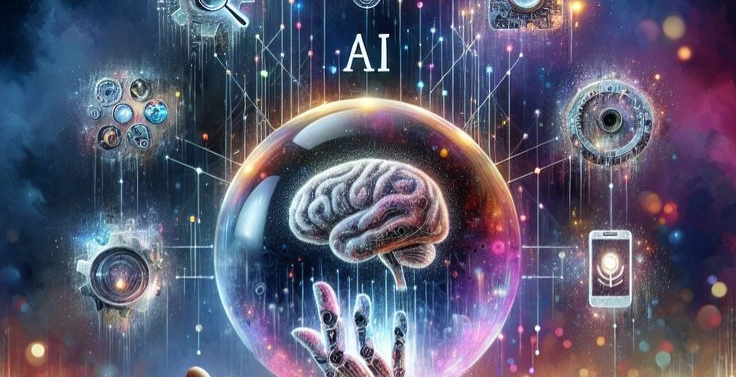
The digital revolution has radically transformed nearly every aspect of life in just a few decades. What once belonged in the realm of science fiction — instant video calls, voice-controlled assistants, contactless payments, and global remote work — has become the fabric of our daily experience. We now live in a world where the internet, smartphones, cloud computing, and artificial intelligence have not only made tasks more convenient but have redefined how we live, work, learn, socialize, and even think.
One of the most visible and personal transformations is in communication. There was a time when sending a letter meant waiting days or weeks for a reply, and phones were landline devices shared by households. Today, with a single tap, we can message someone across the world, host real-time video calls, or share life updates with hundreds of people simultaneously via social media. These platforms have allowed us to maintain relationships, build communities, and even amplify voices in powerful social movements.
But with such connection also comes new challenges:
- Digital addiction and the compulsion to constantly check notifications
- Shortened attention spans and difficulty focusing
- Blurred boundaries between personal and professional life
- Mental health concerns, such as comparison, FOMO (fear of missing out), and online harassment
In the realm of education, technology has unlocked unprecedented access. Online courses, video tutorials, virtual classrooms, and educational apps have made learning borderless. A student in a remote village can attend a coding bootcamp in Silicon Valley, while a working adult can study psychology at Oxford from their living room. Yet this digital expansion also demands new digital literacy skills:
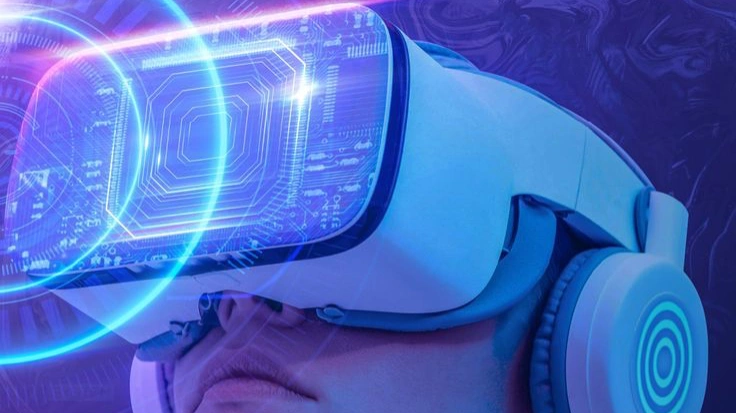
- The ability to evaluate sources critically
- The discipline for self-paced learning
- Comfort with digital collaboration tools
- Awareness of cybersecurity and data privacy
The world of work has evolved no less. The rise of remote work, the gig economy, and automation has reshaped traditional job structures. Many roles are now location-independent, and new professions — from AI ethics consultantsto blockchain developers — are emerging. Companies are increasingly relying on digital infrastructure, while individuals must constantly update their skill sets to remain relevant. The idea of a “job for life” is being replaced by a model of continuous growth and adaptation.
Technology’s role in health and wellness is equally transformative. Fitness trackers, sleep monitors, meditation apps, and telehealth platforms allow people to track, manage, and consult on their health like never before. We can detect irregular heart rates, count steps, manage nutrition, and access therapy — all from our phones. However, digital health also presents new risks:
- Sedentary lifestyles due to screen time
- Disrupted sleep cycles from blue light exposure
- “Zoom fatigue” and chronic screen exhaustion
- Reduced in-person social interaction
This highlights the need for digital mindfulness — the practice of using technology with intention, setting limits, unplugging regularly, and reconnecting with nature, people, and self.
In conclusion, technology is no longer a separate tool — it’s woven into the fabric of modern life. It offers immense potential to improve our lives, expand knowledge, and connect humanity. But it also asks for responsibility, discipline, and discernment. The key challenge of the 21st century is not whether we adopt new technologies — but how we integrate them without losing ourselves.
To thrive in this new era, we must develop a balanced relationship with technology — one that enhances rather than replaces real life. That balance may become one of the most essential life skills for our generation — and a legacy of wisdom we pass on to those who follow.